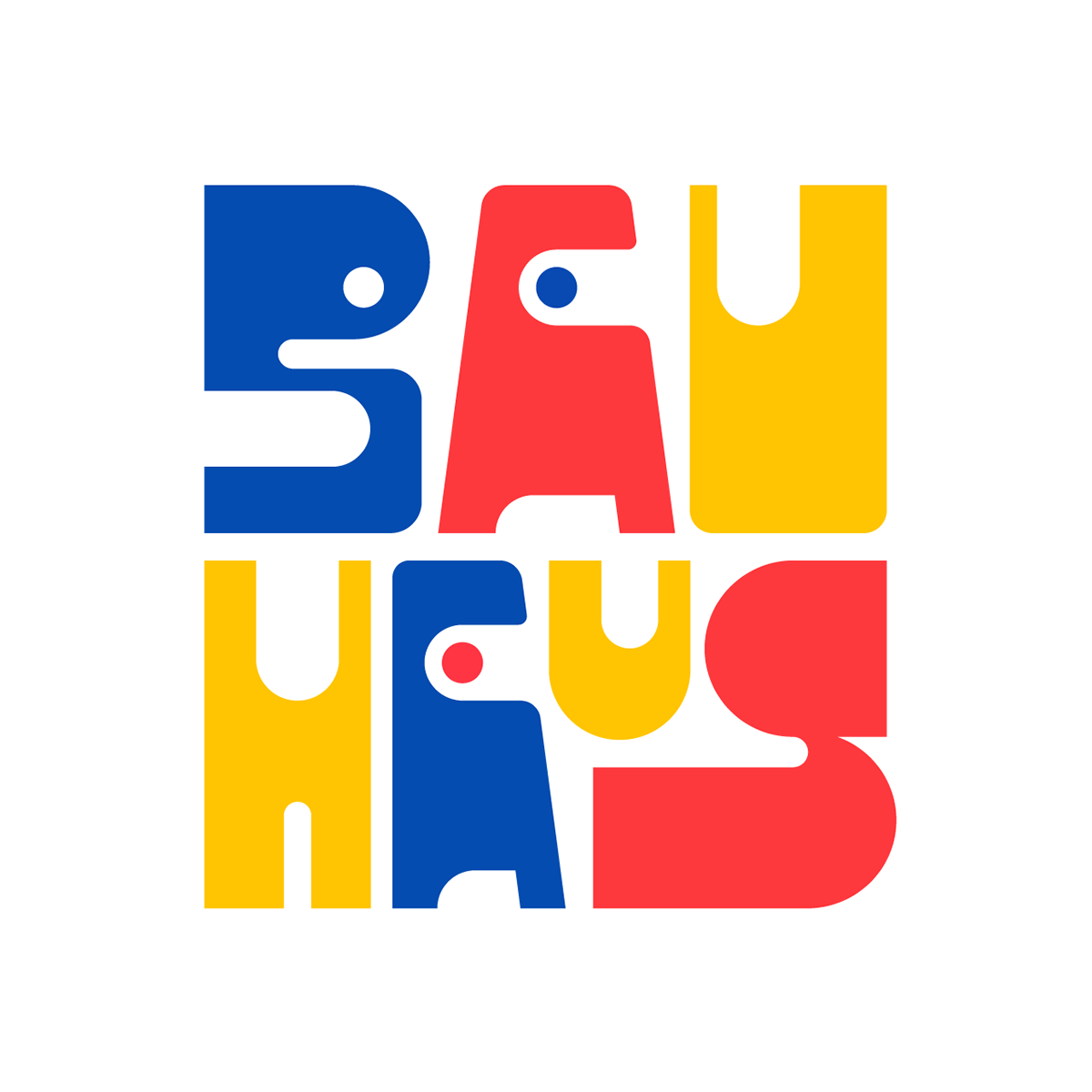Typography - Task 2: Typographic Exploration and Communication

20.05.2024 - / Week 5 - Week 7
HUANG JIAQI/ 0371553
Typography / Bachelor of Design (Hons) in Creative Media
Task 2: Typographic Exploration and Communication
LIST
5.Further Reading
This is mine MIB
LECTURES
 |
| fig 1.1 left: Baskerville 'A'; right: Univers 'A' |
 |
| fig 1.2 left: Helvetica 'a'; right: Univers 'a' |
 |
| fig 1.4 Form and counterform |
We could examine the counterform of letters by enlarging each letter and analysing them. It could give us a glimpse into the process of letter-making.
 |
| fig 1.6 Contrast in typography |
2.Task 2: Typographic Exploration and Communication
For task 2, we must create a 2-page editorial version (200 x 200) with the provided text. Images or colors are not allowed, but secondary graphic elements, such as lines, shadows, etc., are allowed. We will use Adobe InDesign for typesetting and expression of text, and allow the use of Adobe Illustrator for title expression.
According to the three articles given by the teacher, I chose two for preliminary design and trial, and I tried a total of 4 times.
1. Sketches
fig 2.3Typographic Exploration and Communication Sketches(28/5/2024)
fig 2.4Typographic Exploration and Communication Sketches(28/5/2024)
fig 2.5Typographic Exploration and Communication Sketches(28/5/2024)
reference



fig 2.8Typographic Exploration and Communication Image reference(3/6/2024)

Bauhaus is a German design school founded in 1919. Its design principles have profoundly influenced modern design. The following is a summary of Bauhaus's core design principles:
Process
Sketch
fig 2.12 Typographic Exploration and Communication Teacher's sketch(4/6/2024)

Final Typographic Exploration and Communication JPEG
Final Typographic Exploration and Communication PDF
4.Reflection
1. Understand the Content:
Basic Concepts: First, understand the fundamental concepts and design principles of Bauhaus. Bauhaus is a German design school that emphasizes modernity, geometric shapes, and functional design.
2. Select the Subject:
- Theme Selection: The teacher suggests choosing a theme that is easier for you to understand, such as Bauhaus. This is because Bauhaus, as a design movement, has a clear design language and principles.
3. Design Language and Principles:
- Research: Conduct thorough research to understand Bauhaus's design language and principles. This includes:
- Geometric shapes
- Sans-serif fonts
- Functional design
- Inspiration: Draw inspiration from these design principles and incorporate them into your design.
Week 7 Thoughts
I concentrated on finishing a project regarding Bauhaus design in Week 7. Through this project, I was able to gain a deeper grasp of Bauhaus design principles as well as an appreciation for the significance of each and every aspect in the design process.
What I Discovered 1. Principles of Design:
The idea that "form follows function," which is highly valued in Bauhaus, was central to my entire design process. I came to see that usefulness and functionality are just as important to design as looks.
2. Applying Geometric Forms: I played around with forming the letters in the title by experimenting with basic geometric forms like squares, triangles, and circles. This method mirrored the Bauhaus aesthetic of minimalism while also enhancing the design's abstract quality.
Difficulties Met
It was difficult to design the word "Bauhaus" using geometric shapes while keeping it readable. I ultimately discovered a balance after the instructor made numerous corrections and suggestions.
2. Consistency in Design: - It was difficult to keep the layout and font choices consistent throughout the design. I kept the elements in check to make sure they were visually cohesive and harmonious.
Emotions
I now have a profound appreciation for the intricacy of design and the value of creativity thanks to this week's lessons and practice. I gained stronger application skills for design principles and learnt how to use practical application to consistently enhance my work under the instructor's direction.
Week 8: Introspection
The lessons I learned in week eight helped me to further comprehend design. Through hands-on work, I learned more design strategies and tactics.
What I Acquired
1. Text Layout: -I gained knowledge on how to efficiently arrange and format text so that it is both aesthetically pleasing and simple to read. A neat layout makes reading much more enjoyable, especially when working with large blocks of information.
2. Visual Balance: It's important to maintain visual balance in design. I discovered that changing the pieces' sizes, colors, and positions might help create overall balance.
Obstacles Met
1. Managing Details: - Managing details during the design phase presented several difficulties. Every little adjustment could have an impact on the final result, necessitating ongoing optimization and tweaking.
















Comments
Post a Comment